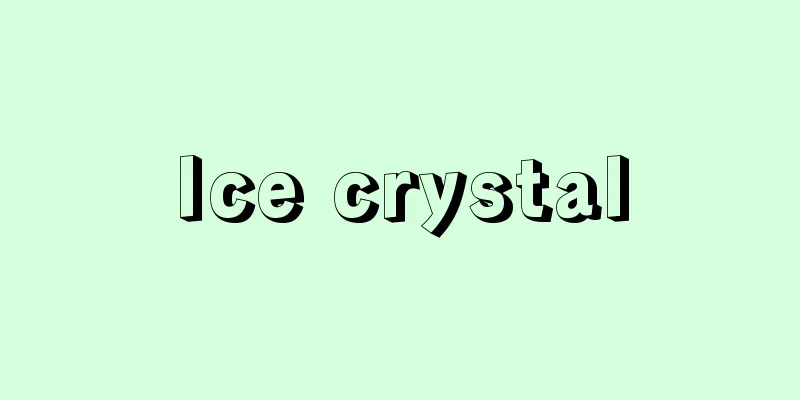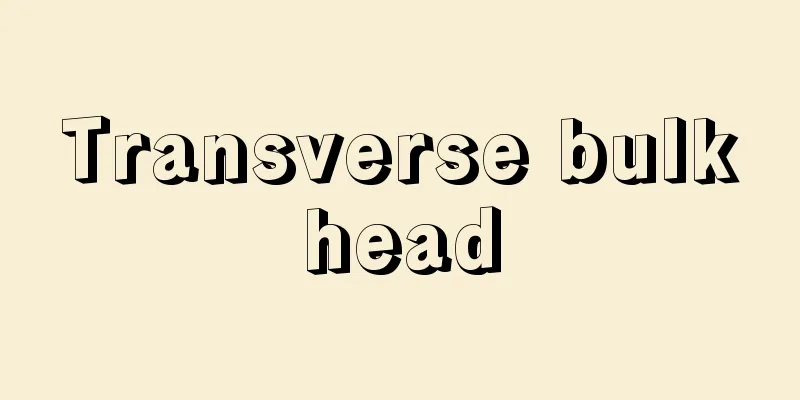Bladder stones - Vesical Calculus

|
[What kind of disease is it?] They can be divided into those that have descended from the kidney or ureter into the bladder and those that form within the bladder. Because the urethra is wider than the ureter, most stones that reach the bladder through the ureter are expelled from the body through the urethra. Therefore, if a stone remains in the bladder, it may be due to a disease that causes obstruction of the passage of the lower urinary tract, such as benign prostatic hyperplasia (BPH), urethral stenosis (Urethral stenosis), or a bladder diverticulum (Urethral diverticulum), neurogenic bladder, or a foreign body in the bladder (Bladder foreign body/Urethral foreign body). [Symptoms] The presence of stones and the accompanying cystitis can cause symptoms such as frequent urination, pain during urination, and hematuria. A symptom specific to bladder stones is a condition called double urination, in which the urine stream suddenly stops while urinating. Diagnosis is easy based on these symptoms, abdominal X-rays, and cystoscopy. Endoscopy can also tell you whether there is a disease in the lower urinary tract (bladder or urethra). [Treatment] Treatment methods vary depending on the size and number of stones. If the stones are relatively small (only a few in number), an endoscope is passed through the urethra into the bladder and the stones are broken up into small pieces and removed. There are various methods to break up stones, such as electrohydraulic, laser, and ultrasonic, but the easiest method is to break them up with a special forceps attached to an endoscope. If the stones are large, cannot be broken up by endoscope, or there are many stones, they are removed surgically through an incision in the lower abdomen. If a stone remains in the bladder, it is often accompanied by other diseases of the bladder, prostate, or urethra, so treatment for those diseases will also be administered. Source: Shogakukan Home Medical Library Information |
|
[どんな病気か] 腎臓(じんぞう)や尿管(にょうかん)の結石が膀胱(ぼうこう)に下降したものと、膀胱内でできたものに分けられます。 尿道(にょうどう)は尿管よりも広いので、尿管を通って膀胱にきた結石は、ほとんど尿道から体外に排出されます。したがって膀胱に結石がとどまっているときは、前立腺肥大症(ぜんりつせんひだいしょう)(「前立腺肥大症」)、尿道狭窄(きょうさく)(「尿道狭窄」)など下部尿路の通過障害をおこす病気や、膀胱憩室(ぼうこうけいしつ)(尿路憩室(「尿路憩室」))、神経因性膀胱(しんけいいんせいぼうこう)(「神経因性膀胱」)、膀胱異物(「膀胱異物/尿道異物」)などがある可能性があります。 [症状] 結石があること、また合併する膀胱炎によって、頻尿(ひんにょう)や排尿痛、血尿などの症状がみられます。 膀胱結石特有の症状としては、排尿しているときに突然尿線がとぎれる二段排尿という症状がおこる場合もあります。 これらの症状と、腹部X線撮影、膀胱内視鏡検査によって診断は容易です。内視鏡検査をすれば、下部尿路(膀胱や尿道)に病気があるのかどうかも、だいたいわかります。 [治療] 結石の大きさと数によって治療方法が異なります。 結石が比較的小さく、数個以内の場合は、内視鏡を尿道から膀胱に入れ、結石を細かく砕いて取り出します。 結石を砕く方法には、電気水圧、レーザー、超音波などいろいろありますが、内視鏡につけた専用の鉗子(かんし)で砕くのが簡単です。結石が大きかったり、内視鏡による破砕ができないとか、結石の数が多いという場合には、下腹部を切開して手術で取り出します。 膀胱に結石がとどまっている場合、膀胱、前立腺や尿道に別の病気が合併することが多いので、それらの病気の治療も合わせて行なわれます。 出典 小学館家庭医学館について 情報 |
<<: Conjugation word - Hogougo
>>: Directional coefficient - directional coefficient
Recommend
Bishof, W.
...The Magnum Photos photo agency was a cooperati...
Acrylaldehyde - Acrylaldehyde (English spelling)
A lower unsaturated aldehyde also known as acrole...
《Emperor's Rush》 - King's Rush
…But Shigehira said that the fate of this world h...
Official Exhibition
This is a government-sponsored public art exhibit...
Black Swan - Black Swan
A bird of the Anatidae family. Wingspan: 46 cm. A ...
Katamochi - Katamochi
...In addition to the technique of "hinerimo...
Environmental accounting
It is a system for quantitatively calculating and...
Okinawa Togoro - Okinawa Togoro
...In Tokyo, it is called Kiiwashi, in Lake Haman...
Obadera Clan - Obadera Clan
...The Toki Domain was established around 1604-16...
Yellow cake - Yello cake
...When this solution is treated with alkali or a...
Moment of force - Moment of force
…Couples do not affect the movement of the center...
Andersson, D.
...Therefore, when referring to the country's...
gamodeme
… A group of biological species bred and bred in ...
Pocket warmer ash - Pocket warmer
〘 noun 〙 A solid fuel that is lit and placed in a ...
Tamburlaine
…He was born in Khoja Ilgar near Shahri Sabz as a...









